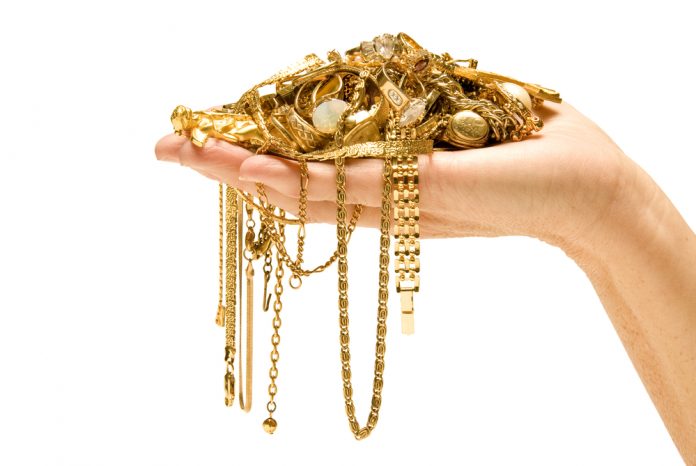The rise in the price of the yellow metal during lockdown has helped the borrowers to get a higher amount of loans with the same amount of gold. Common people resorted to gold loans to fund their cash requirements. RBI has allowed the loan to value ratio to 90% and 75% for Banks and Non-Banking financing companies respectively.
According to the Indian Bullion Jewellers Association, the commodity has been corrected by ₹4,400 per 10 grams or around 8% in the past one month. The correction in gold prices certainly reduces the amount that a person can borrow. If in case the price of the gold is reducing, the lenders can ask the existing borrowers to make a part prepayment of the loan amount.
Gold loans are demand loans, so the lender has the right to ask the borrower to make full or part-prepayment at any point in time. The loan to value ratio may go up as a result of the correction in gold prices. It is the case there is a clause in the agreement that allows the lenders to ask the customer to make a part payment or provide additional collateral to bring the LTV to the desirable level. LTV is the percentage of loan amount given against the collateral.
For example, if the value of gold ascertained by the bank is ₹2 lakh and the bank has given a loan of ₹160,000, then the LTV of the loan will be 80%. If the value of gold falls to ₹190,000 due to correction in gold prices, the LTV will go up to 84.21%. In this case, the lender can demand part prepayment or provide additional collateral to bring the LTV at the earlier level. But it will depend on various factors, including the customer’s relationship with the bank or tenure of the loan remaining.
The lenders normally do not exercise the option for the prepayment. Because they always keep enough margin while giving the loan and gold loans are short term loans ranging between three to four months. But anyway they have the right to recall the loan in case of any extraordinary price reduction.

